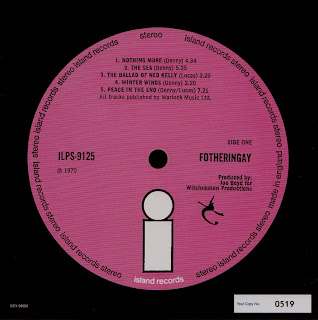


Most people don't recognize the name Gary Ogan although he's shared the stage with many superstars. He's a mainstay of the Portland music scene. Inspired by the Beatles, he developed his talents early with his high-school basement band. Just after graduation he recorded for his first major record label. But despite his association with the likes of Leon Russell and Michael McDonald, he's spurned the short cut to fame, choosing instead to stay true to his music.
.......................................
As a veteran of 35 years in the music business, and CEO / manager of the new Portland, Oregon based music conglomerate, Sound Ground, Gary maintains a youthful enthusiasm in his quest for new music and fresh projects. From his first major label release on Elektra Records in 1972, called Portland, Gary has created an ever-evolving world of activity. Moving to Los Angeles in 1977 to sign with Leon Russell’s Paradise Records on the Warner Brothers label, Gary released his first self-titled album that year, co-produced with Russell. He also co-produced Leon and Mary Russell’s duet album, Make Love to the Music, and toured the U.S. extensively with them, including shows at Radio City Music Hall and the Universal Amphitheater.
.......................................
A close cousin to the first album by Aztec Two-Step from 1972, this is one of those classic records that has continued to escape almost everyone. As a fan of this album from day one I can tell you that it deserved to remain in my list of favorite albums even though the original mastering was not quite on par with so many of my other cherished records from that era...[net]
Here





























































.jpg)

